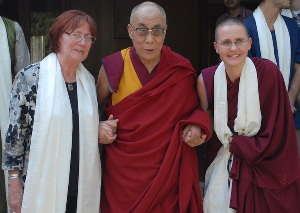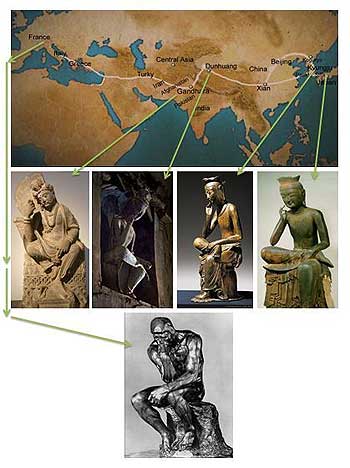Posted:
Yes, that's perhaps all true. But, on my recent 4-week trip across
the country, I saw a different China - different from my impression just a year ago, and different from what I thought I knew. Yet
deep down, it felt strangely familiar.
the country, I saw a different China - different from my impression just a year ago, and different from what I thought I knew. Yet
deep down, it felt strangely familiar.
I sensed an ecological and spiritual awakening in the country, at
a tipping point. I saw countless people and groups doing their
small and inspiring parts. Many of them do not know each other.
But they are essentially doing the "same work": being the change they want to see in the world.
a tipping point. I saw countless people and groups doing their
small and inspiring parts. Many of them do not know each other.
But they are essentially doing the "same work": being the change they want to see in the world.
Below are some snapshots of the emerging landscape of change.








 A young Buddhist nun rides Yangon's circular train in June 2015.
A young Buddhist nun rides Yangon's circular train in June 2015.